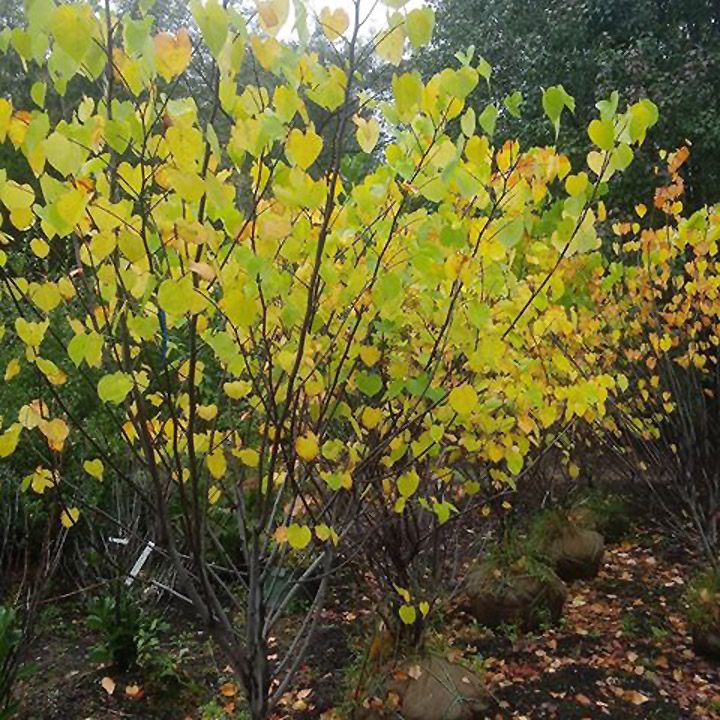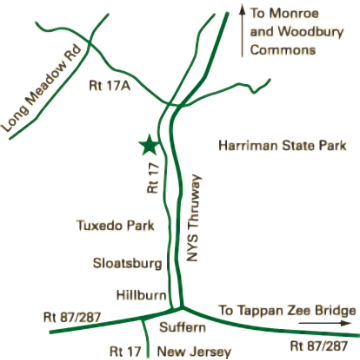
The days are getting shorter and the nights are getting colder, Winter is on its way. In a garden it’s easy to decide to walk away and let the season take its course on your plants. But, most people don’t realize that prep work in Fall allows for an easier Spring and a healthy Summer.
The first step in your prep is cleaning out your garden of dead, dying, or diseased plants and weeding out the unwanted.
Fall is a good time to trim some of your perennial garden plants, it is important to read up on your plants so that you know which plants prefer what. Sometimes the seeds of certain plants, such as Echinacea and Rudbeckia, will attract and feed the birds throughout the Winter Season. And there are some plants that prefer to be cut back in the Spring, you do not want to cut the buds that have set for the next blooming season. Although, you can always remove spent or crossing canes to help control the plant’s vigorous spread. Some perennials that prefer a Fall prune after that first hard frost are Bearded Iris, Nepeta, Columbine, Crocosmia, Daylily, Anemone, Ligularia, Penstemon, Peony, Salvia, Brunnera, Helenium, Solomon’s Seal, Veronica spicata, and Yarrow.
It’s important to clean out your beds not just because they can look untidy but they can also carry disease, pests, and funguses. Unwanted insects who may have been feeding on your garden throughout the Summer growing season can lay eggs and overwinter in fallen leaves and old stems. Removing the rotted organic matter will take away their habitat over the Winter season and expose them to any natural predators and the freezing Winter weather. Cleaning out your beds also rids pests of a food source, slugs and snails especially munch throughout the cold season and are ready to start munching on your sprouts in the Spring. Fall is also a good time to weed the beds of unwanted plants that may have overgrown your beds throughout the growing season. Removing invasive plants from your garden now will deter them from coming up next year.
Amend the soil with Organic Matter
Most people tend to amend the soil in the Spring, but Fall is actually a great time to dig in soil amendments like manure and compost. Adding nutrients at this time of year means the additions have time to start breaking down, enriching your soil, and becoming biologically active. It also means you won’t have to wait until your garden dries out in the spring to work the soil for the first time. Amending, turning, or digging soil now means you’ll have already done some of the work when the busy season hits. Similarly, a fall tilling (if you till your soil in the first place) helps improve drainage before extreme weather becomes a reality.
Deep Water
If Fall rainfall has been sparse, deeply water trees and shrubs before the ground freezes. This is especially important for evergreens, newly planted trees, and transplants. A weekly watering in Fall is still a necessity for most plants, especially if it has been a dry or windy one. Over the Winter plants need adequate water in their systems to combat the high winds, cold temperatures, and the drying sun. Wind is drying and if there is not enough water, then you’ll get dehydrated tissue (dissection) in your plants. Proper watering in the Fall ensures that dissection does not occur and kill the plants. It’s important to water at the base of the plant either using a drip hose or hand held, if using a drip hose, a slow drip for an half hour is ideal. Evergreens such as Junipers, Hollies, and Rhododendron will thrive if they are watered in the Fall. Flowering trees, shrubs and perennials also tend be more vibrant in spring if they are well watered before winter.
Fertilize
The Fall season makes plants appear dead or dormant, but what most people do not understand is that though it looks like there is nothing going on, beneath the surface the root system is growing and Fall is the season when this truly takes off. After spending the summer putting all their time and energy into leaf and flower growth, and then fruit and seed production, they use autumn to take better care of their root systems. It’s best to use fertilizers high in phosphorus and low in nitrogen content, which stimulates strong, healthy root growth but doesn’t allow for the growth of foliage. Phosphorus is the second number in the 3 number equation you see on fertilizer bags and boxes. Fertilize young trees and shrubs that have been in the ground for at least a year. There’s no need to fertilize old, established trees and shrubs, especially if they’re mulched. Fertilizing your perennials in Fall will ensure a stronger plant that produces more flowers in the Spring. Retain plants, such as Roses, prefer to not be fertilized after mid Fall, new growth will appear and then freeze and die with frost.
Fall Lawn Fertilizing
Fall is the best time to fertilize your lawn, because the cool night and warm days produce dew which helps the grass absorb the fertilizer. Root growth in the lawn allows for healthier and greener lawn in Spring.
Mulch your Beds
Mulching in winter has many benefits besides the basics, such as retention of water, protecting the soil from erosion, and inhibiting weeds. Winter mulching is important because it keeps the plant’s root system from freezing and thawing throughout the winter months. Adding a thick layer of mulch to the soil surface helps regulate soil temperatures and moisture and ease the transition into winter. Roses need a little extra attention, mounding mulch over the lower parts of their canes will ensure that the plant comes back healthy for the Spring season.
Burlap Sensitive Trees
Protect broad-leafed evergreens and conifers with burlap covering, the burlap is used as a type of windbreak and sunscreen. The burlap protects from winter frost, snow, ice, and midwinter thaws that can fool a plant into breaking dormancy too early and producing new growth, then when cold snaps occur the new growth can be killed. Burlapping also protects plants from winter burn which is a combination of winter sunlight and lack of moisture in the soil. Burlap is a better option then plastic because it allows the plant to breathe and circulate air. There are some shrubs and trees that need to be burlapped the first few years in the ground until they establish themselves. Broad-leaf evergreens such a Rhododendron and Azalea fair better over the winter months if they are covered. Burlap also protects trees and shrubs from road salt and Winter deer browsing.
If you follow these simple and easy steps in the Fall you will be rewarded with a lush and healthy landscape come the Spring.






